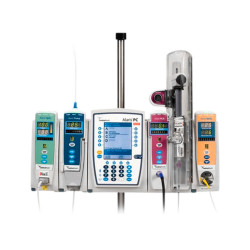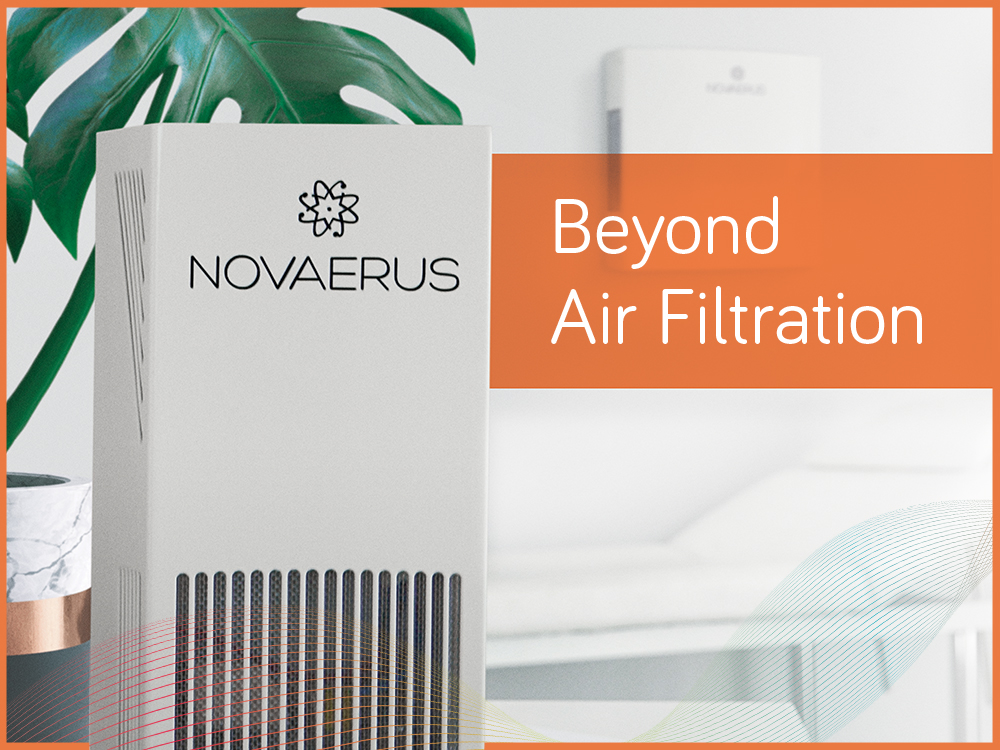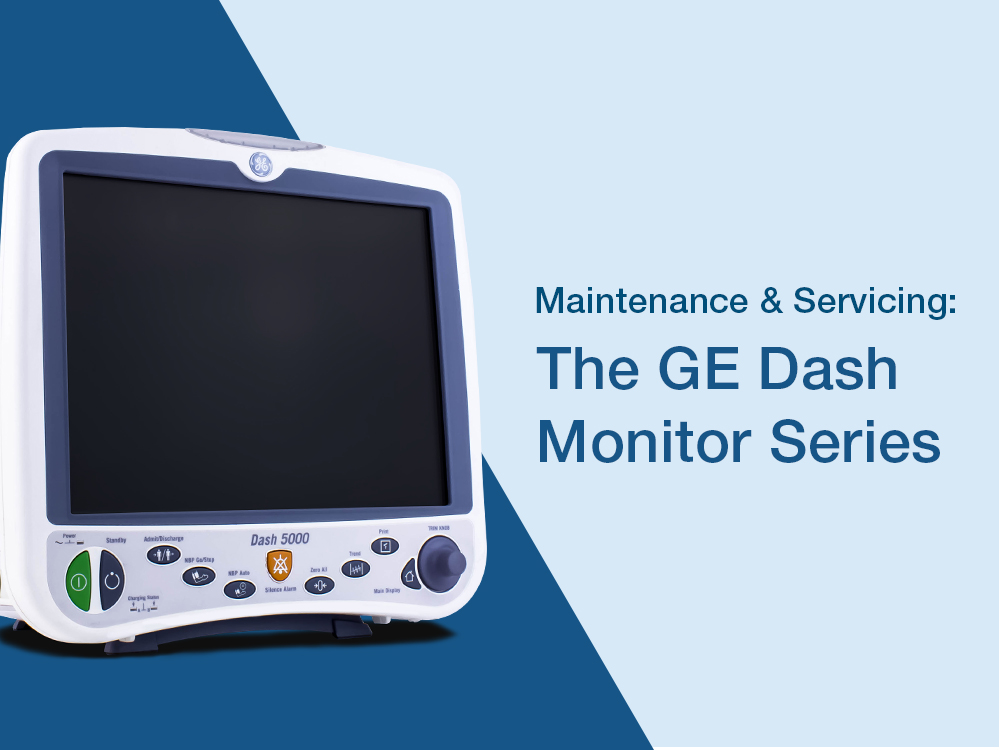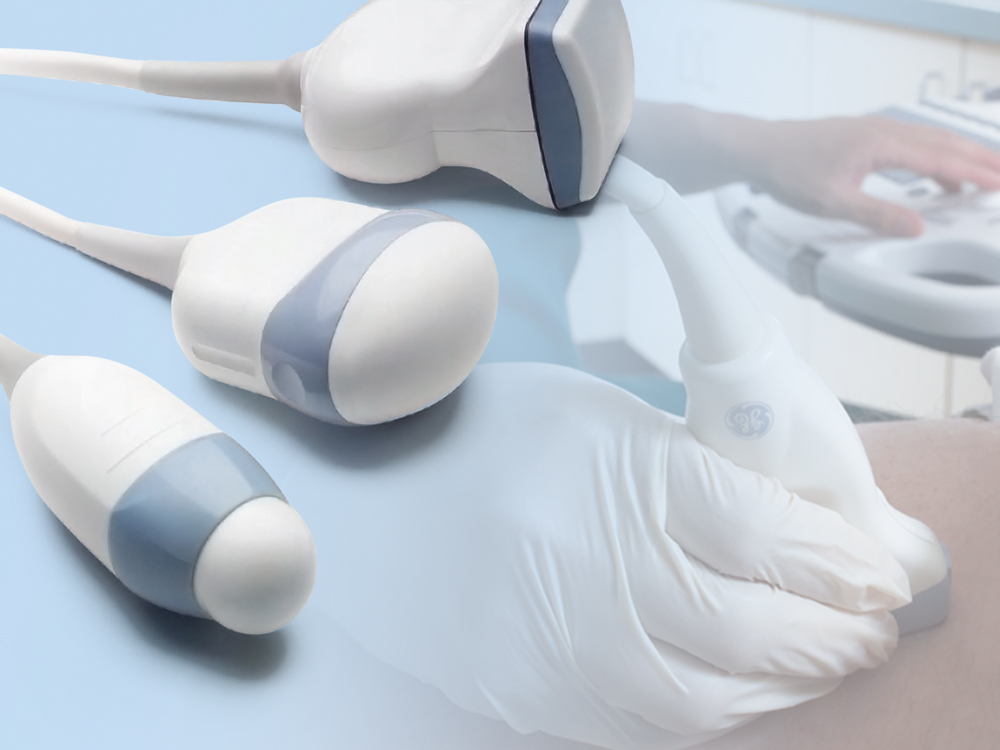Maintenance and Service: The Alaris 8100 Infusion Pump
June 22, 2020
Article by
Dorian J. Davis, BMET II
Melissa Taylor, Technical Scribe
What sets the Alaris 8100 apart from other pumps?
The Alaris 8100 is simple and easy to use. The device is light weight and allows larger infusions. The 8100 is not a standalone, and requires an Alaris 8000 or 8015 to use, but its portability makes up for that. The only additional accessory needed for the device is an IV line. It is capable of both intermittent and continuous infusions. Another really neat feature about these units is that up to four of them can be connected to a PC unit at a time, and each run a unique program. Between the sleek design and next gen features, the Alaris 8100 can handle almost all of your infusion needs.
What types of parameters does the Alaris 8100 observe?
The Alaris 8100 is used to deliver fluids and medication to patients by way of intravenous therapy (IV). These devices do not provide patient monitoring, but there are some parameters we pay close attention to. Because the devices deliver fluids, one of the parameters we focus on is Rate Accuracy. What we do here is ensure the amount of fluid (volume) delivered is accurate. Let’s say, for example, a healthcare provider programs the 8100 to deliver 50mL of a fluid to the patient at a rate 250mL/hr. Our job is to ensure the 8100 does exactly that. The manufacturer does allow a little leeway of +/- 5%, but we aim to shorten the error as much as possible. We also check the downstream occlusion pressure, and make sure it alarms within the range outlined by OEM. This range is conveniently located within the maintenance Software during the test.
What are the most common issues these units experience, and how can these issues be resolved?
Given the nature of these devices, and the number of parts within them, eventually an issue may arise. The issues can vary significantly but there are some that we do see relatively often. The most common issue with these units is centered around the Front Bezels. Due to some impurities found within the plastic, many OEM bezels were recalled between the period of April 2011 and June 2017. Another issue we see devices come in with frequently is faulty pressure sensors. We have multiple ways we can test these such as analog sensor test and patient side occlusion tests. In some cases, a simple calibration is all it takes. Other times, some component level repairs are required. In any case we are able to get these units back up and running to specs, and know that no harm will befall a patient on the device.
When receiving these units in for service, what are the first steps you take to evaluate them?
At Med Vest Technology we receive a lot of different units for scheduled and unscheduled maintenance. The Alaris 8100 is one of the most common that we receive. These units may come in with a wide variety of problems, and our evaluation process helps us hone in and address the issues. One of the first steps in our evaluation process is the visual inspection. During this inspection we are checking for physical damage, rattling in the units, serial numbers, safety labels, and more. One of our next steps is to assess the device’s performance, and isolate the components that are faulty and not meeting manufacturer’s specifications. We also take time out during these steps to check the manufacture date of the OEM front bezels, in order to ensure that no recalled parts get sent back to a customer.
We can address most, if not all, errors and issues that these units may have, and our team is always ready to fulfill any specific requests by the customer.
To ensure these units are working their best for a long time, what device maintenance do you suggest to the biomed?
I recommend keeping the Alaris 8100 on an annual maintenance cycle. The 8100 is durable and reliable, but like most items in patient care we want to ensure these units are always operating at their peak levels. During each PM I recommend recalibrating the device, performing visual inspections, and operational checks at a minimum.
Alaris is a good company and their devices can be maintained, calibrated, and serviced using Alaris’ Maintenance Software. The program organizes and directs the tech through the various tests (calibration, PM, etc.), and also lets the user isolate any test. The SW includes a lot of additional tools such as SN adjustments, Flashing the SW revision, reports, and more.




